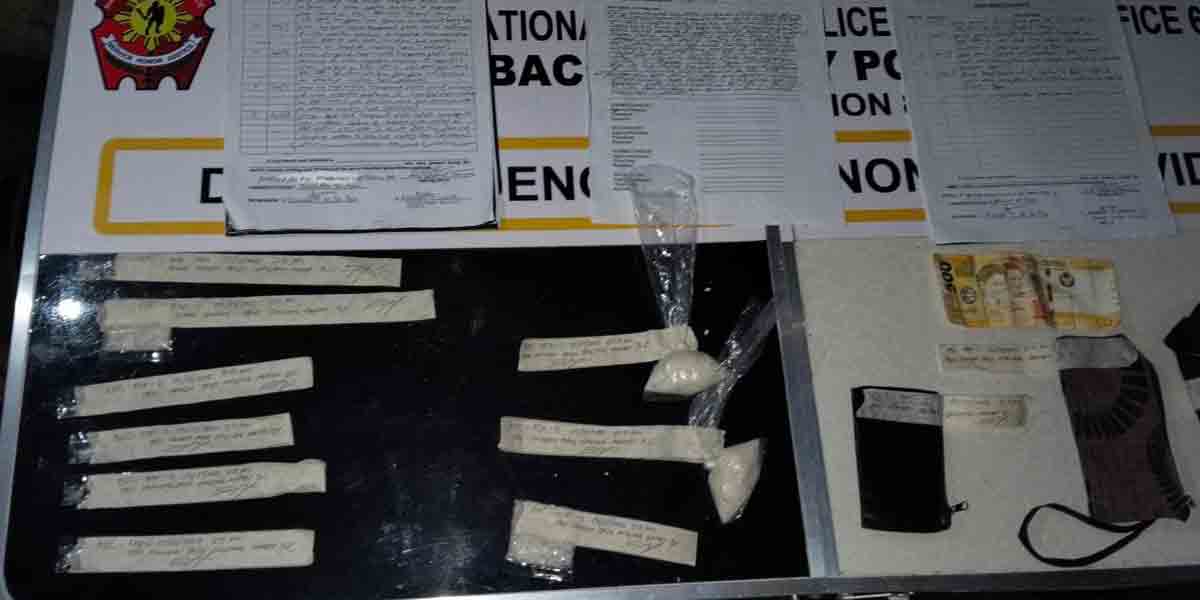 By Hip Mama
By Hip Mama
This is the worst of times for most of us who grew-up in the midst of relative ease; a post World War II generation who did not experience plague anywhere near bubonic proportions, nor forage for food like those who came before us. In the midst of the COVID 19 pandemic, we have come to realize that our cosseted world lies in shattered pieces and no matter what we do, life as we know it will never be the same again.
Political and religious differences now seem puny in comparison to this contagion that threatens destruction of lives only seen in films like the Andromeda Strain and Outbreak. Rich or poor, rural or the most industrialized economies face the same threats during lockdowns – enormous food and medicine shortage, panic buying, and anarchy.
The stock market has grown awry, recession looms, and an unimaginable number of people are wondering whether they will still have jobs when they wake or if they can quickly adapt to changing work environments and stay relevant. Fake news causing either mass hysteria or unfounded belief in the discovery of a “cure”, spreads like wildfire, fueled by digital transmission. Even the best of intentions can mislead but carefully engineered malice can ignite wars that are seething just below the surface. As alarming are blocked or filtered news – what we don’t know can blindside and hurt us even more.
 Even as we pray for the discovery and approval of drugs that could fight COVID 19 or at least lessen its impact, we now know that following recommended protocols like social distancing, self-quarantine, proper handwashing, disinfecting, and being mindful that even those who are asymptomatic can be carriers ARE ESSENTIAL. As we get to understand the nature of the Corona virus – that it is transmitted through contact and droplets, may be airborne under specific conditions for 3 hours and can survive for a few hours – 2 days on different surfaces, we are better equipped to fight it. It is a disease that can’t be taken for granted, given its contagiousness and mutability.
Even as we pray for the discovery and approval of drugs that could fight COVID 19 or at least lessen its impact, we now know that following recommended protocols like social distancing, self-quarantine, proper handwashing, disinfecting, and being mindful that even those who are asymptomatic can be carriers ARE ESSENTIAL. As we get to understand the nature of the Corona virus – that it is transmitted through contact and droplets, may be airborne under specific conditions for 3 hours and can survive for a few hours – 2 days on different surfaces, we are better equipped to fight it. It is a disease that can’t be taken for granted, given its contagiousness and mutability.
But through this dismal scenario where the virus is proving difficult to contain; with flattening of the infection curve far-off and with no breakthrough vaccine or medicine in sight, we see silver linings – peace and international cooperation among many nations. We can see that though the mighty have fallen, it’s not because of each other’s advanced nuclear missiles that used to threaten world-wide annihilation every time a world leader is provoked.
The State: Will Efforts Ever Be Enough?
In hindsight, the community quarantine or lockdown in the Philippines came too late. When news about the virulence brewed, our airports and other points of entry remained open. Boracay even had tourists from China and Korea. Playing catch-up is something that we should do with conviction and political will.
As of March 23, the DOH reported 396 confirmed cases, 33 deaths, 471 pending results, and 18 recoveries (including 4 senior citizens) – with more new cases each day as testing improves. When we look at these figures, we realize that sooner or later, we may reach physician fatigue as our hospitals get overwhelmed with COVID-19 cases. The limited supply of testing kits is just the tip of the iceberg. Converting wings in the hospitals and certifying sub-national labs are being done but laboratory certification, technical training, ventilation equipment, and logistical resources are lacking.
On March 23, 651 coronavirus deaths in 24 hours was reported in Italy raising the death toll to 5,476 with 72 doctors included. The pain point to why the death rate is devastating was explained by China’s Red Cross V.P. Loosely translated, the message is what we know now to be true in the Philippines, “In Italy, the lockdown was started too late; some 3 weeks after the first reported case. People are still going around unrestricted and transportation has not been immobilized. People continue to have dinners and even go to restaurants or exercise outside.
The sentiment was that people didn’t seem to care or believed it wouldn’t happen to them.” The Philippine government after earning kudos in the international business and banking worlds had to suspend trading because of the swift drop. But beyond stock market speculation, the viability of businesses after the lockdown is questionable, especially since no one can tell how long this will last. The tasks for all governments are the same, across the board: food security, disinfection, educating the public, transportation for frontliners, and most importantly, ensuring the adequate supply of drugs and medical equipment, including creation of COVID-19 wings in referral hospitals, urgent care facilities, isolation rooms, certified laboratories, and adequate numbers of testing kits.
Stimulus budgets, suspension of loan payments, and providing hazard pay may be a drop in the bucket but any effort to keep the economy afloat during these times and the long recovery post COVID-19 should be appreciated. Let’s talk survival first, politics later. And with that said, let scientists and doctors have a say on how we should control the spread. They understand the nemesis best.
Doctors, Nurses, and Healthcare Personnel: Heroism at Its Finest
“Our frontliners are precious. if we lose them because of our mindlessness and irresponsibility, guess who will suffer most ultimately? this is our moment of redemption to step out of the stupid self-interest zone.” — Rafael Alunan III
In the Philippines, practically everyone has a doctor or nurse in the family. Whether a frontliner here or overseas, they are our spouses, parents, children, siblings, and friends. The ties that bind make us ambivalent about the very real risk of them getting infected with the deadly COVID virus. Though we are proud of their heroism and steadfastness in honoring the Hippocrates oath, a huge part of us would want them to be safely home. What if their social media photo with smiling eyes showing through masks and headgear was the last they would ever post?
 Recently, the Philippines was shocked and grieved with news that 3 doctors died. Dr. Greg Macasaet III, an anesthesiologist from Manila Doctors Hospital died of COVID-19 leaving behind his wife Evalyn, currently in ICU and a son with special needs. As a parent of a special child myself, I could imagine the despair of knowing you won’t be there to raise and love a child who would need your life-long financial support, and emotional guidance. The death of Dr. Israel Bactol, a first year Cardiology fellow from the Philippine Heart Center is heartbreaking. His patient’s failure to disclose possible exposure cut short the dreams of this promising young doctor from humble beginnings who made it through school by being a scholar. Dr. Rose Pulido, an oncologist from San Juan de Dios also died making us wonder who among the now-quarantined doctors, nurses, residents, interns, technicians, and staff will be the next statistic.
Recently, the Philippines was shocked and grieved with news that 3 doctors died. Dr. Greg Macasaet III, an anesthesiologist from Manila Doctors Hospital died of COVID-19 leaving behind his wife Evalyn, currently in ICU and a son with special needs. As a parent of a special child myself, I could imagine the despair of knowing you won’t be there to raise and love a child who would need your life-long financial support, and emotional guidance. The death of Dr. Israel Bactol, a first year Cardiology fellow from the Philippine Heart Center is heartbreaking. His patient’s failure to disclose possible exposure cut short the dreams of this promising young doctor from humble beginnings who made it through school by being a scholar. Dr. Rose Pulido, an oncologist from San Juan de Dios also died making us wonder who among the now-quarantined doctors, nurses, residents, interns, technicians, and staff will be the next statistic.
Safeguarding the lives of those in the hospitals, includes monitoring them with vigilance. Doctors are not perfect and we see videos of them treating patients suspected of having COVID- 19 without gloves and with their masks down. Carelessness that is simple to address, yet fatal when missed. One video aired on CNN Philippines, clearly shows that this might have happened to one of the fatalities.
It is not enough that a grateful nation prays for our departed doctors – we should also look into why the Philippines has such a high rate of physician mortality at 10% of total deaths when our death rate in the general population is 6.5%? When you compare that to the 3.4% mortality rate as reported by WHO (March 6) and the 5.8% in Wuhan (Feb.20) at its peak, it’s appalling to have a death rate higher than the epicenter! We must be doing something wrong or missing out on doing something right. The U.S. reports 32,520 infected with COVID-19 and 413 deaths.
But there are only 72 of health workers who tested positive and 270 are in isolation – despite a severely stressed system battling drug shortage especially in California, New York, and Washington. The Philippine ratio of health workers getting sick and quarantined or intubated is much higher than that of the U.S. or other countries. This is something we should carefully weigh as we bring in retired doctors and nurses in their senior years and inexperienced interns into active duty as the second line of defense in our war against COVID-19.





















